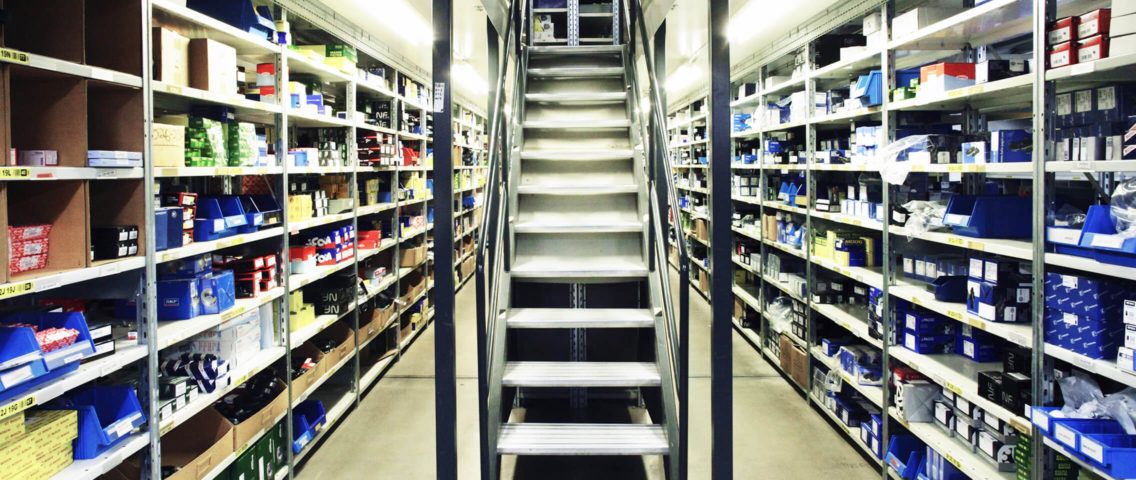Introduction
Örum Oy Ab is one of Finland’s foremost providers of comprehensive solutions for automotive spare parts and accessories. Örum is part of the Finnish Mercantile Group, a family-owned business founded in 1901, with a staff of 400 and a turnover of €85.4M (2014). Örum’s total assortment consists of 360 000 products. The stocked assortment has 90 000 products that combine into 430 000 SKU-location combinations. The majority of the assortment consists of slow-moving products.
Örum was looking to improve its assortment planning and increase the level of automation so that replenishment could be handled by one system right down to SKU-outlet level. The company also sought improved visibility across its entire supply chain through better analytics and reporting.
Örum decided it would achieve its goals more readily and have more control over its wholesale operations and central warehouse organization and replenishment if they were brought together on one system.
Project
Örum decided to replace its existing E3 system with one capable of a more advanced approach to assortment planning that would include centralized replenishment, automated warehouse management, extensive reporting, and the creation and automatic handling of business rules and seasonal profiles.
Örum chose RELEX’s supply chain management solution; as the market leader in Finland, RELEX was able to offer scores of references that demonstrated the system was able to meet Örum’s every need. The project began in the summer of 2014 and proceeded smoothly.
”Key to this was our working relationship with RELEX,” says Jouni Ojala, Örum’s Purchasing and Forwarding Manager. ”Right from the beginning it was a joint enterprise with both teams wholly committed to a successful outcome. We were given exemplary help and expertise at every turn.”
The technical implementation took around four months and was done incrementally. After RELEX had helped Örum to bring the distribution center onto their solution, the Örum team was able to move its wholesale outlets onto RELEX independently. During this time, with support from RELEX, the Örum team was also able to familiarize itself with the system so that it was soon able to make all the changes and adjustments it wanted, while the RELEX project team only monitored the system to ensure that everything went smoothly, supporting Örum through any unexpected situations.
A lot of software companies seem to like clients to be dependent on them but RELEX knows the value of giving its customers the means of running their systems completely independently.
Timo Salminen, Procurement Director, Örum
“A lot of software companies seem to like clients to be dependent on them,” says Timo Salminen, Procurement Director at Örum, “but RELEX knows the value of giving its customers the means of running their systems completely independently. It gives us great autonomy and control, and the costs are predictable because we’re paying for a monthly SaaS-fee, not endless consultancy.”
Results and Next Steps
The central warehouse and all Örum’s wholesale outlets have been moved onto the RELEX system and the replenishment process has become far more systematic. Greatly improved supply chain transparency has resulted in significant, measurable improvements in warehouse management and the system even flags slow moving items, a challenge in wholesale operations across the spectrum. Lines no longer drop off the radar and are now actively managed by the system – items that don’t reach sales targets are automatically dropped from the wholesale outlets’ local assortment.
RELEX system automatically provides order proposals based on accurate forecasts – even for seasonal items. The replenishment-task related workload has fallen sharply and its centralized replenishment team can now focus on exceptions and difficult situations, while staff at local wholesale outlets have far more time to improve customer service.
Now that the implementation has been completed, Örum has taken full control. Its team both manages existing business rules and adds new ones to the system, making its own modifications and adjustments to the wide range of replenishment and assortment rules.
At first Örum’s inventory turnover decreased during roll out when availability levels were being optimized by increasing availability of products with a high turnover. To date, six months after full roll out, inventory turnover levels are back to what they were before roll out thanks to improved assortment management and automatic safety stock calculations that continuously diminish the amount of slow-moving products and increase inventory turnover. The trend is showing an improving inventory turnover.
